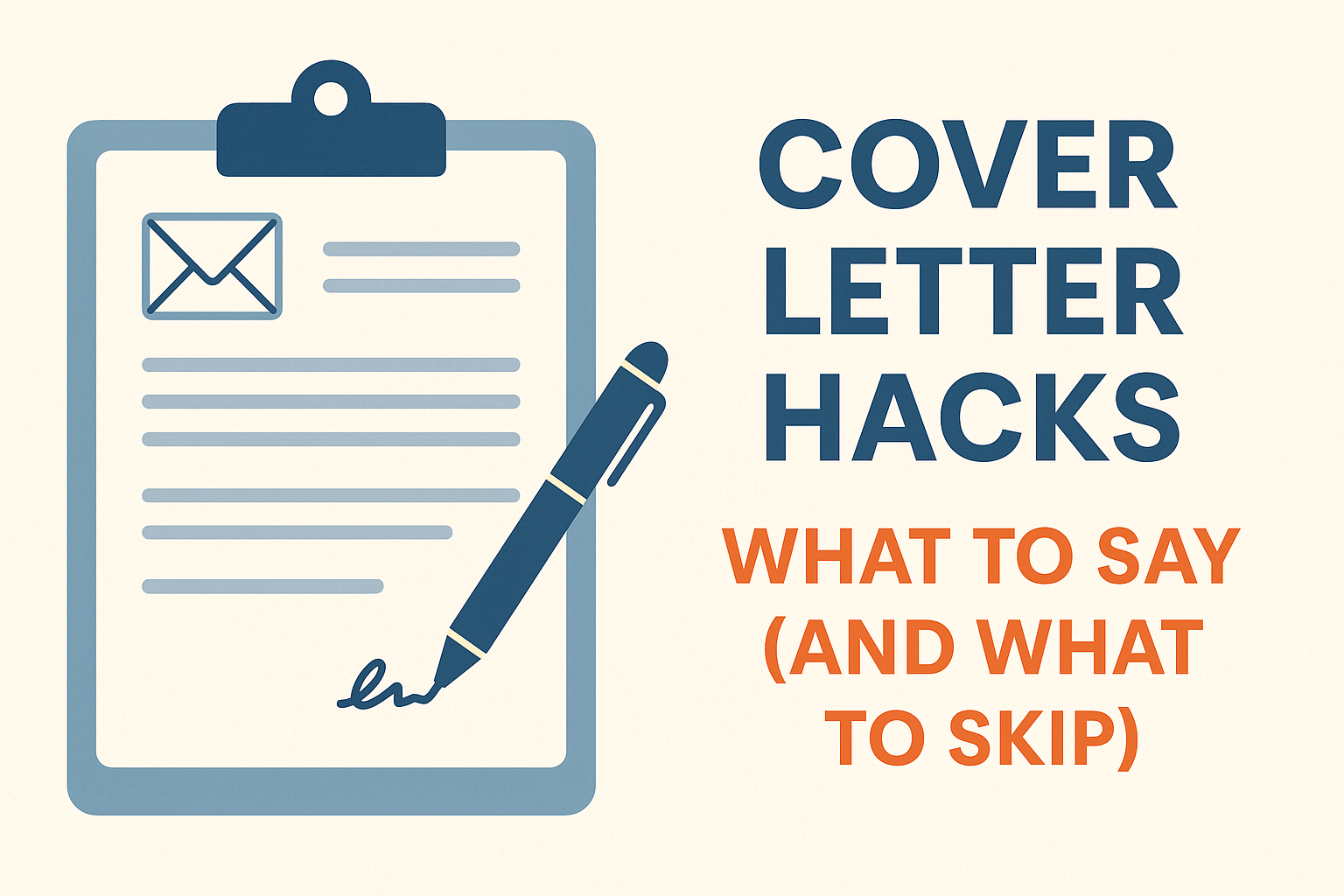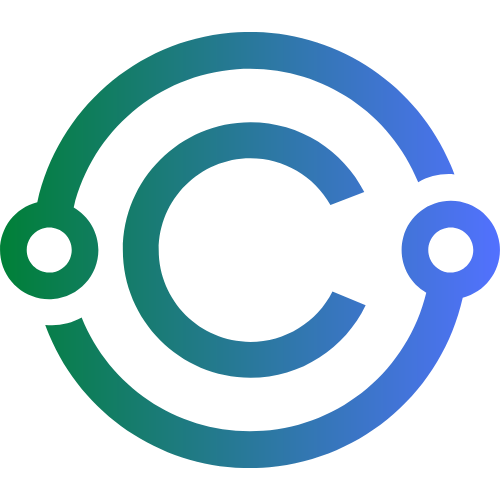Cover Letter Hacks: What to Say (and What to Skip)

Let’s be honest: most people dread writing cover letters. They feel outdated, repetitive, and often go unread. Yet when done right, a cover letter can be your secret weapon to stand out in a sea of applicants—especially in competitive industries.
The trick? Skip the fluff and make every word count.
In this blog post, we’ll share practical hacks to write a compelling cover letter, what to say to capture interest, what to leave out, and how to tailor your message so hiring managers actually want to meet you. Plus, we include a case study and links to tools that make writing easier.
1. Understand the Purpose of a Cover Letter
Contrary to popular belief, a cover letter isn’t just a summary of your resume. It serves to:
- Show why you're the right person for the role
- Highlight personality, motivation, and communication
- Fill in gaps or explain career changes
- Prove you've done your homework on the company
When hiring managers skim through hundreds of resumes, a strong cover letter can humanize you and build a connection.
2. Use a Clear, Modern Format
Basic structure:
- Header (Your details + hiring manager's info)
- Greeting (preferably personalized)
- Hook (intro paragraph)
- Body (highlight fit for role)
- Closing (call to action + sign-off)
Example tools/templates:
3. Always Personalize the Greeting
Avoid generic greetings like “To Whom It May Concern.”
Do this instead:
- Use the hiring manager's name if listed
- If not, use the team or department (e.g., “Dear Marketing Team” or “Dear Hiring Committee”)
Tool to find names: LinkedIn, company websites, or tools like Hunter.io to guess email formats
4. Start With a Strong Hook (No Boring Intros)
Skip this:
“I am writing to apply for the position of…”
Start with:
“As a data analyst who recently saved $100K in operational costs at a fintech startup, I was excited to see your posting for a Business Analyst at XYZ Corp.”
Hook the reader with:
- A quick win or result
- A relevant story
- Shared passion or alignment with company mission
5. Tailor Every Letter to the Job and Company
Nothing screams “generic” louder than a letter that could be sent to any company.
Show them you did your research:
- Mention the company’s mission, recent news, or products
- Explain why you’re excited about this specific role
- Align your values with theirs
Example:
“What drew me to your team is your commitment to sustainable packaging—an area I’ve studied and worked on for three years.”
6. Highlight the Right Skills—With Proof
Don’t list skills. Prove them with context.
Instead of:
“I have strong communication skills.”
Say:
“I led weekly client meetings with stakeholders from three countries and successfully streamlined our feedback loop by 40%.”
Use the STAR method:
- Situation
- Task
- Action
- Result
7. Address Potential Red Flags
A cover letter is a great place to explain:
- Career gaps
- Career changes
- Relocation
- Lack of a degree or certification
Example:
“After taking a two-year career break to care for a family member, I’ve kept my skills fresh through freelance work and online certifications in UX design.”
Honesty paired with initiative always wins.
8. Show Enthusiasm, Not Desperation
Hiring managers want to hire people excited about the role—not people who just need any job.
Avoid:
“I’m applying to many roles right now.”
Instead:
“I’ve been following your company’s product updates and would love to contribute to your next launch.”
9. Include a Clear Call to Action
End with energy and confidence:
Do this:
“I’d welcome the opportunity to discuss how I can contribute to your team. Thank you for considering my application.”
Avoid weak closings like “Hope to hear from you.”
10. Keep it Short and Easy to Read
Ideal length: Half a page to one full page
- Use 3–4 paragraphs max
- Use a readable font (11–12 pt)
- Use white space generously
11. Common Cover Letter Mistakes to Avoid
- Copy-pasting the same letter everywhere
- Repeating your resume line-by-line
- Using robotic or overly formal language
- Typos, bad grammar, and incorrect company names
- Making it all about you—not how you can help them
12. Bonus Hack: Include a Soft Callout or P.S.
Adding a P.S. can draw attention and add personality.
Example:
P.S. I also noticed your team uses HubSpot—I recently implemented a CRM automation project that reduced admin time by 30%.
This small touch makes your letter more memorable.
Case Study: How Malik Landed His Dream Remote Job with a Cover Letter Refresh
Malik, a 32-year-old digital marketer based in Canada, was applying to remote roles in tech but hearing nothing back. His cover letter was generic, too formal, and focused entirely on his needs.
Old opening line:
“I’m writing to express my interest in your marketing manager opening. I’m seeking a stable role where I can grow.”
Revamped version:
“With 7+ years of experience launching PPC campaigns that consistently beat benchmarks, I was excited to see your need for a growth-focused Marketing Manager.”
He:
- Personalized each letter
- Added metrics
- Showed alignment with company goals
- Rewrote his ending to include a confident call to action
Result: Within 3 weeks, he landed 4 interviews and got an offer from a US-based SaaS company with remote flexibility and a $20K salary bump.
Takeaway: A few tweaks can make a massive difference.
Tools and Templates to Save Time
- Hemingway Editor (for clarity)
- Grammarly (for proofreading)
- JobHero Cover Letter Library
- Enhancv (for design templates)
Cover letters are still powerful—but only when written with strategy and authenticity.
Remember:
- Write to connect, not to impress
- Lead with value, not need
- Show why you and the company are a great match
Make your letter memorable, meaningful, and to the point. In a digital stack of hundreds, your voice and story are what will set you apart.
Subscribe to UJ+ for weekly job tips, real examples, and tools to help you land the career that fits your future.

